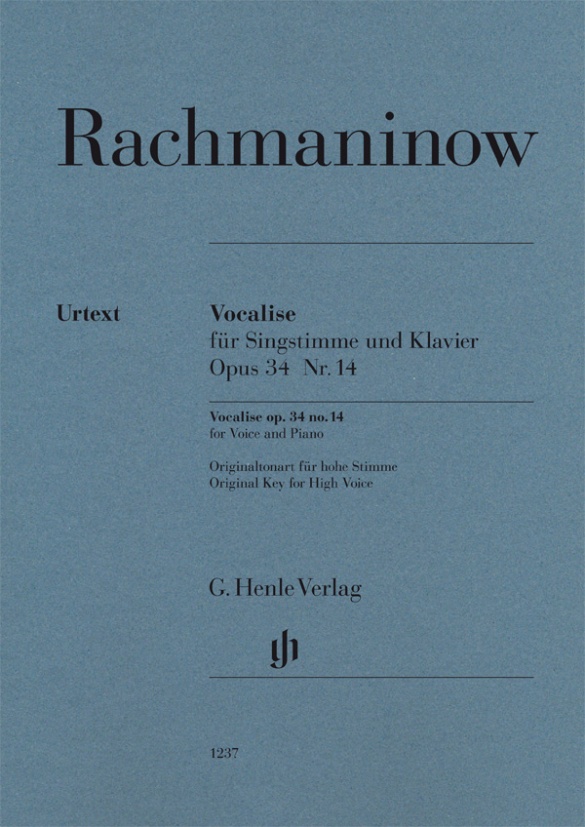

Sergei Rachmaninoff
Vocalise op. 34 no. 14 for Voice and Piano
Rachmaninoff composed his collection of 13 songs op. 34 in 1912, but it was only three years later that he added a little closing piece without any text: the Vocalise, which soon outshone the other songs in terms of popularity and renown. Since its first performance in 1916 this expressive, melancholy piece has circulated in countless arrangements by others. Rachmaninoff himself made an arrangement for orchestra and voice, as well as one for orchestra alone. Our Urtext edition contains the original version for high voice and piano, and is based on the autograph sources in the Glinka Museum in Moscow. A particular highlight is the separate vocal part that not only serves singers well but also all those instrumentalists who wish to play this wonderful piece using the original solo part.
Content/Details
About the Composer
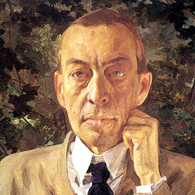
Sergej Rachmaninow
Composer and pianist who continued and expanded the late-Romantic tradition; he prepared the way for Prokofiev and Shostakovich. His oeuvre comprises orchestral works, piano pieces, choral works, several operas, and numerous songs.
About the Authors

Dominik Rahmer (Editor)
Dr. Dominik Rahmer, born in 1971 in Mainz, studied musicology, philosophy and maths in Bonn. He did his Magister Artium in 1999 and his doctorate in 2006 with a thesis on the music criticism of Paul Dukas.
From 2001 to 2011 he was employed at Boosey & Hawkes/Bote & Bock in Berlin, where he also worked on the Critical Edition of the Works of Jacques Offenbach (OEK). Since 2011 he has been an editor at G. Henle Publishers in Munich, with a particular focus on French and Russian music and works for wind instruments.
Product Safety Informations (GPSR)

G. Henle Verlag
Here you can find the information about the manufacturer of the product.G. Henle Verlag e.K.
Forstenrieder Allee 122
81476 München
Germany
info@henle.de
www.henle.com
recommendations
autogenerated_cross_selling
Further editions of this title
Further editions of this title


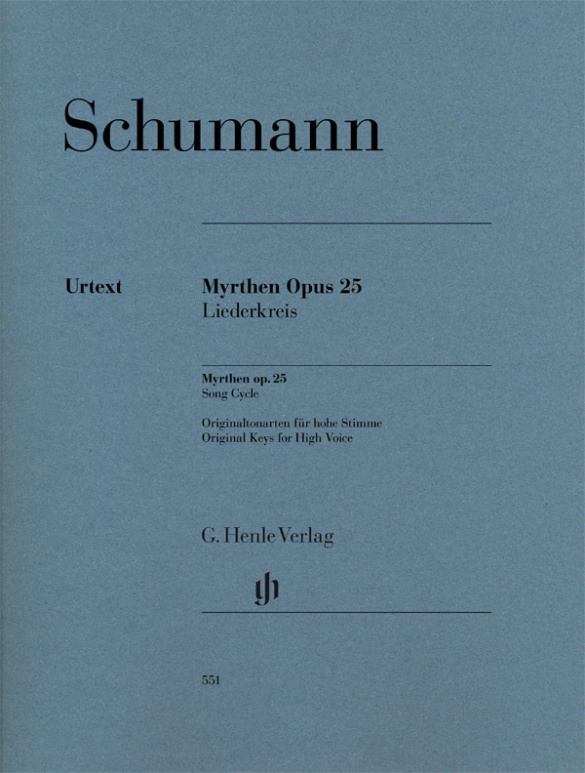
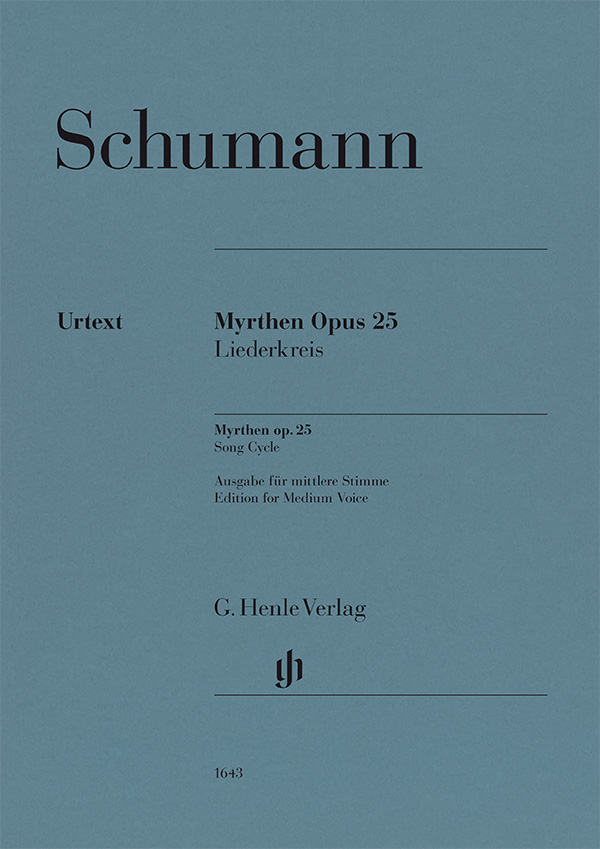
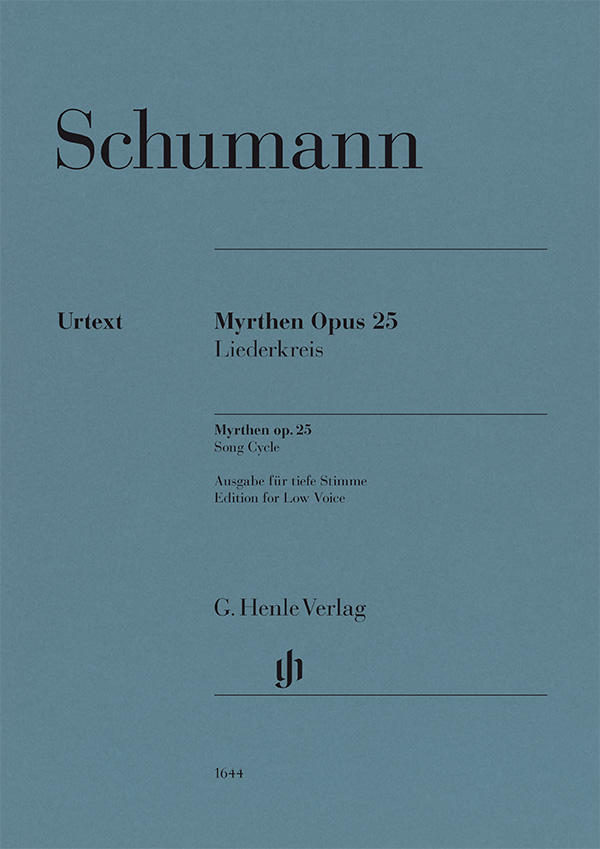

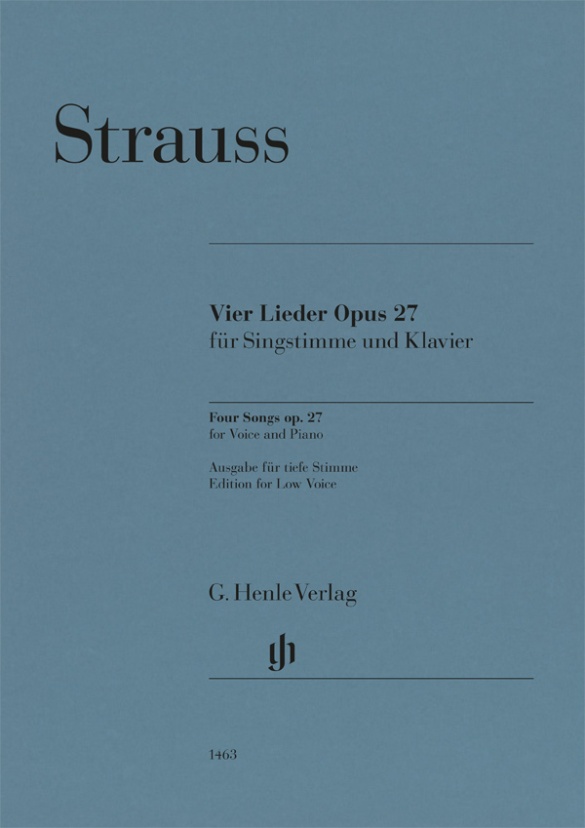
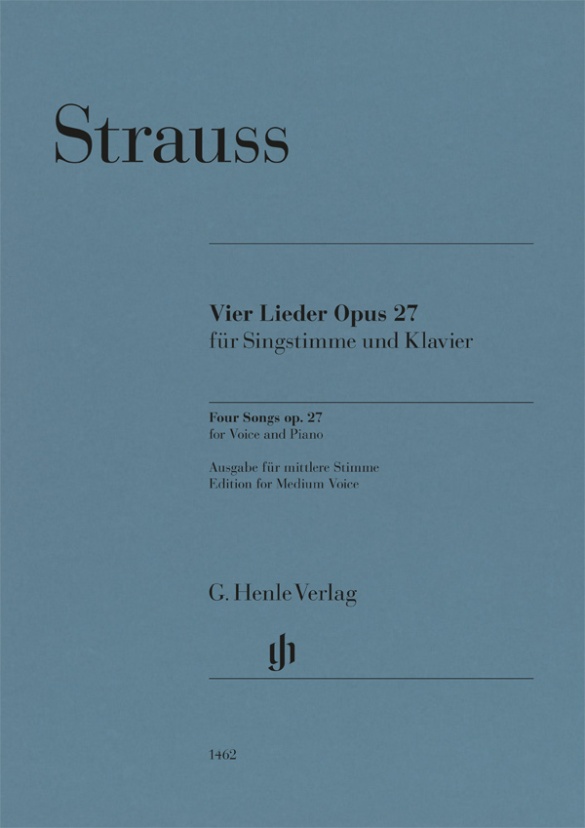
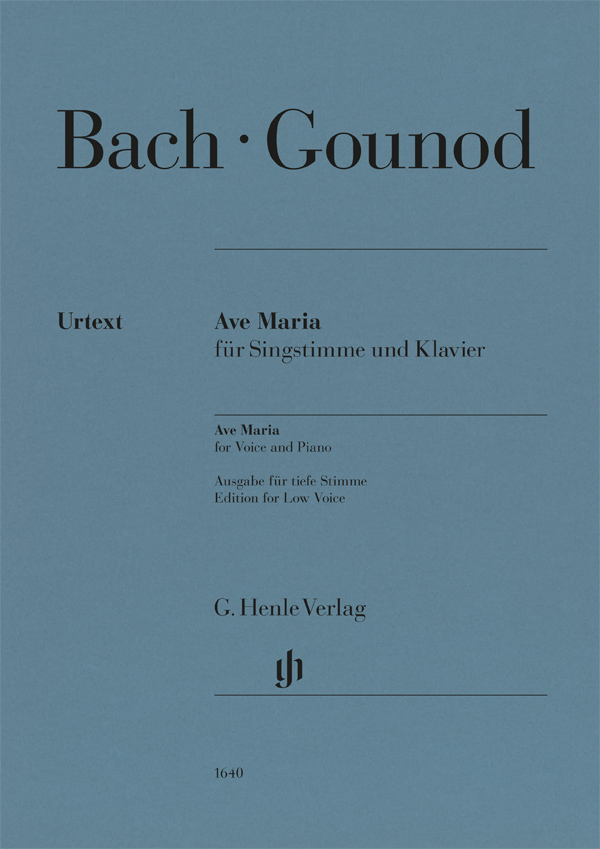
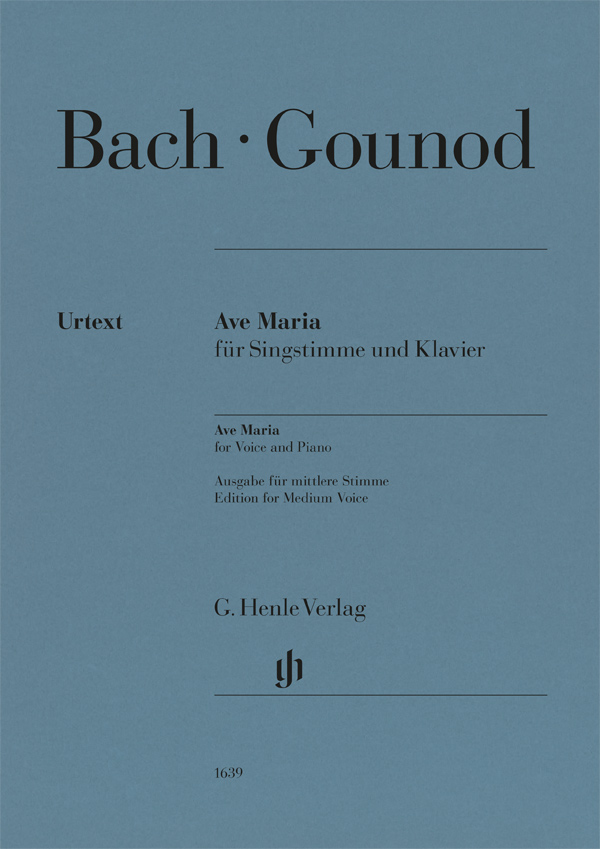
with additional solo part